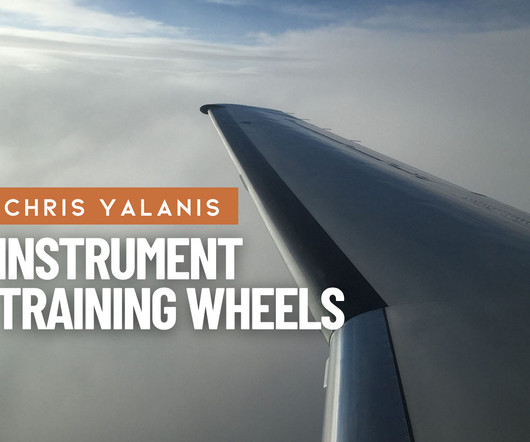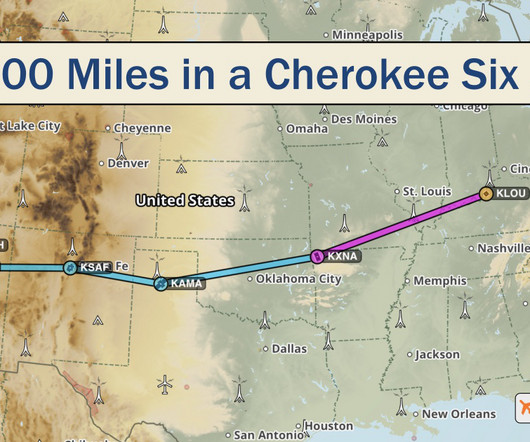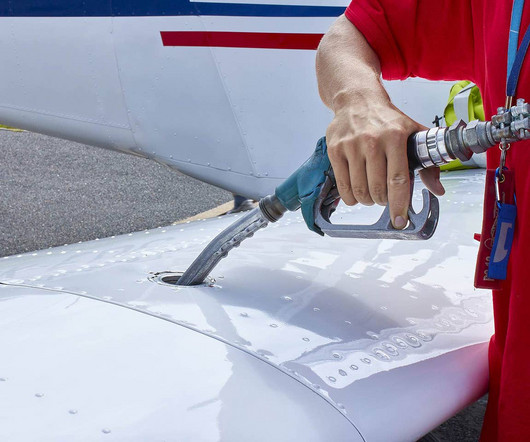How to Read a METAR – Our Full Guide to Aviation Weather Reports
Pilot Institute
MARCH 19, 2025
Pilots use METARs for flight safety, runway selection, and weather planning. To accommodate this, airports will normally choose a runway number corresponding to the general wind direction. Landing in a tailwind vastly increases the runway required to slow to a safe speed. What Is a METAR? Why is it important in a METAR?














Let's personalize your content